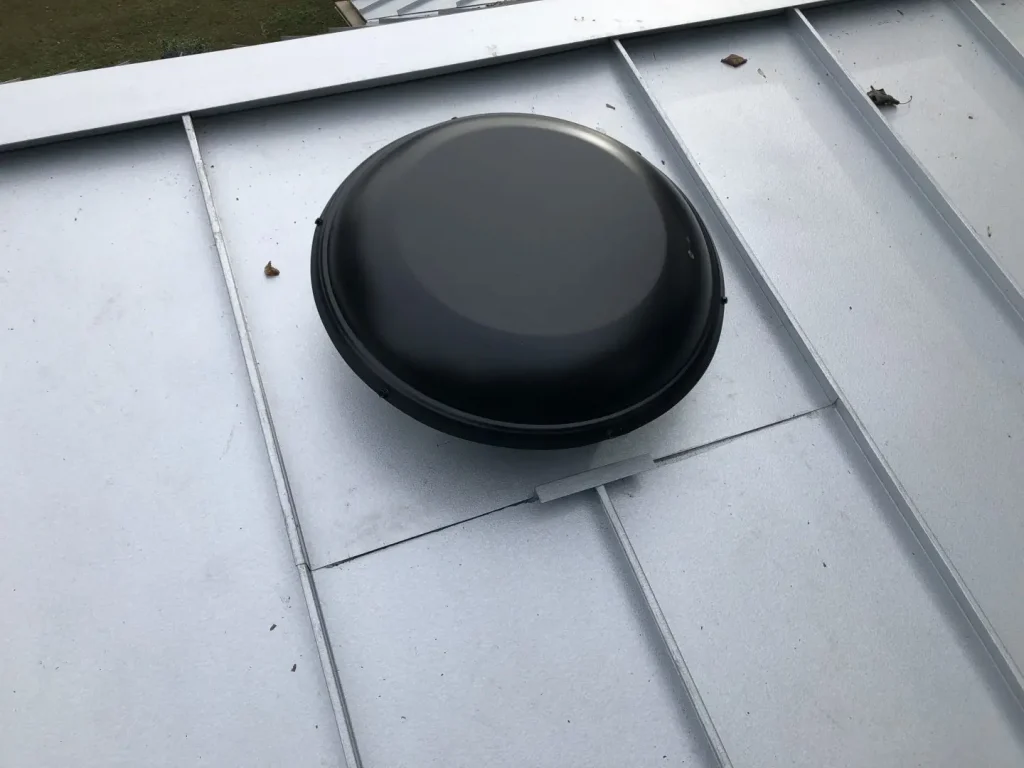A roof is one of the most critical components of any home . It protects you and your family from the elements and keeps your property safe and secure. Understanding the various components of a roof is essential for homeowners to ensure their roofs are well-maintained and performing optimally. Today we delve into the key components that make up a typical roofing system.
Roof Deck
The roof deck is the foundation of your roof. It’s usually made of plywood or oriented strand board (OSB) and is attached to the structural framing of your home. The deck provides the structural support for the rest of the roof components.
Underlayment
Underlayment is a water-resistant or waterproof layer installed on top of the roof deck. It serves as a secondary barrier to protect against water infiltration. Common materials for underlayment include felt paper and synthetic materials like synthetic underlayment or self-adhering membranes.
Roofing Material
The roofing material is the outermost layer of your roof, providing protection from the sun, rain, and other environmental factors. The choice of roofing material can vary widely, including asphalt shingles, metal roofing, wood shakes, clay tiles, and more.
Flashing
Flashing is used to seal areas of the roof that are vulnerable to water penetration, such as roof intersections, valleys, and around roof penetrations like chimneys and vents. It’s typically made of metal or other waterproof materials.
Roof Ventilation
Proper roof ventilation is essential to prevent moisture buildup and maintain the temperature within the attic. Ridge vents, soffit vents, gable vents, and roof vents all work together to ensure efficient airflow, reducing the risk of mold, rot, and energy inefficiency.
Gutters and Downspouts
Gutters and downspouts play a vital role in directing rainwater away from your roof and foundation. They prevent water from pooling on your roof and causing damage. Regular maintenance is necessary to ensure they remain clear of debris.
Eaves
The eaves are the edges of the roof that overhang the exterior walls of your home. They provide additional protection to the structure by preventing rainwater from running down the walls.
Ridge and Hip
The ridge is the peak of the roof, where two sloping sides meet, while the hip is where two sloping sides intersect at an external angle. Ridge and hip caps are used to seal and protect these vulnerable areas.
Valleys
Valleys are where two sloping roof sections meet. To prevent water from pooling and leaking into the roof, valley flashing is used to guide water away.
Drip Edge
The drip edge is a narrow strip of metal installed along the eaves and rakes of the roof. It helps channel water away from the roof and into the gutters, preventing water damage.
Soffits and Fascia
Soffits are the underside of the eaves, while fascia is the vertical finishing edge at the eaves. They not only provide an aesthetic finish to your roof but also protect against pests and help with ventilation.
Understanding these components and their functions is crucial for homeowners and anyone involved in roofing projects. Regular inspections and maintenance are essential to ensure your roof remains in excellent condition. When issues arise, addressing them promptly can prevent costly repairs and extend the lifespan of your roof.
Your roof is a complex system with various components working together to protect your home. Regular maintenance, inspections, and timely repairs are key to ensuring your roof’s longevity and your peace of mind.
Atlanta Roofing Specialists is a full service residential and commercial roofing contractor serving Metro Atlanta Georgia since 1993. Schedule your roof inspection today at (770) 419-2222!

